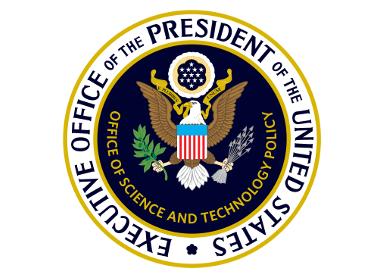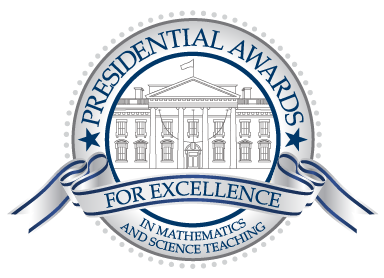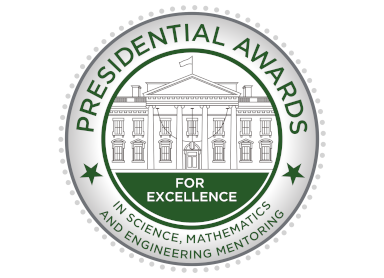Getting back to in-person conferences is yet another milestone as we continue to move into a post-Covid world. It is all about connections and relationships in this educational world and the National Science Teaching Association’s national conference in Denver, Colorado, revealed all that is possible when you are with your people.
I connected with our earth’s frozen history and the story it tells by taking a fieldtrip to the National Science Foundation Ice Core Facility in Lakewood, Colorado. While there, I picked up an 8000-year-old ice core from the Newell Glacier in Antarctica. I used the core in conjunction with the Polar Science is COOOL presentation. Touring the Ice Core facility was itself a learning experience: both in the temperature in the storage unit at -36o Celsius and the stories of the ice cores told by both Curator Curt La Bombard and Assistant Curator Richard Nunn. It was both fascinating and humbling to see the volcanic ash layer preserved in the ice core from a subglacial eruption 21,000 years ago that melted over a mile of ice. You can find out more by visiting https://icecores.org/).
Later on, I used the ice core from Thursday’s field trip in the presentation Polar Science is COOOL with fellow Polar Educator International teacher Anne Schoeffler who discussed different ideas to incorporate polar science into a middle school classroom, and I showed how I use the U.S. Ice Drilling Programs virtual field labs Sea Level Rise and the Thwaites Glacier with my high school classes as an introduction to the scientific process to start the year.
Saturday afternoon, I presented EARTH lessons to understand the importance of our oceans where I incorporated real-time ocean data from school-adopted biogeochemical floats into STEAM classrooms. You can adopt a float for your school too by going to https://www.go-bgc.org/outreach/adopt-a-float. Both Friday and Saturday’s sessions ended with slides about the PAEMST program and how it has impacted my students and me.
And that ice core? Well, it had an adventure of its own and made it back to St. Louis intact and wowed another set of humans: the students of St. Joseph’s Academy.



